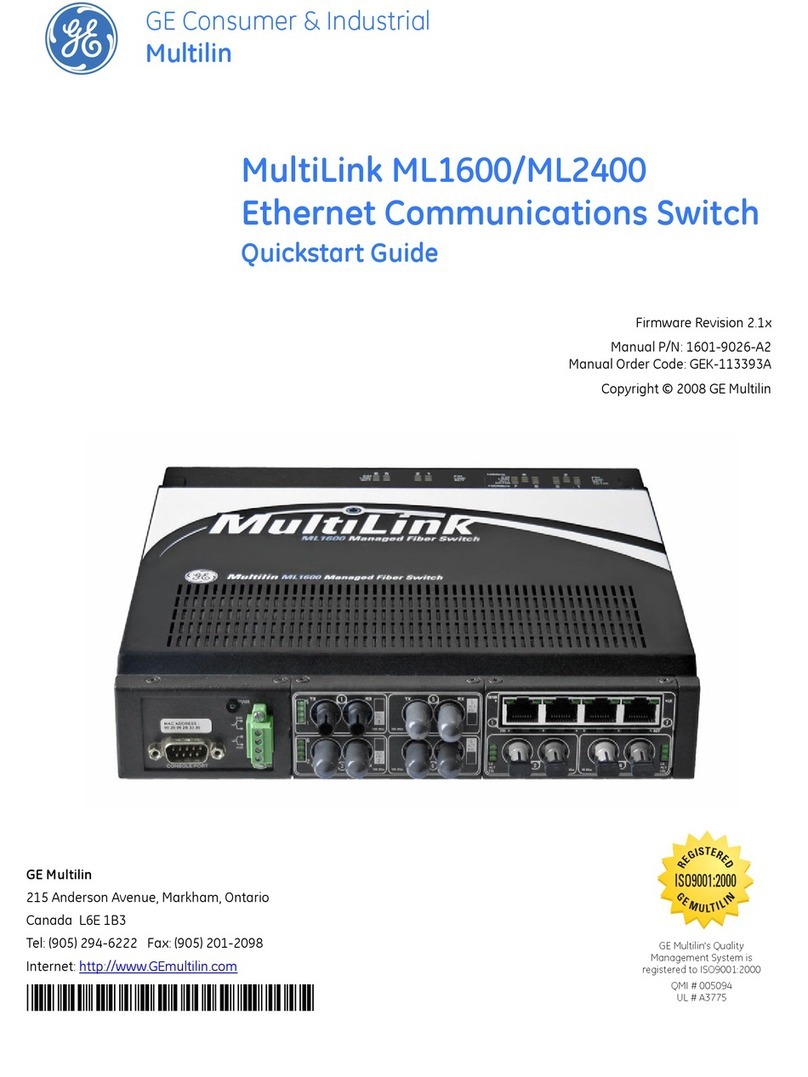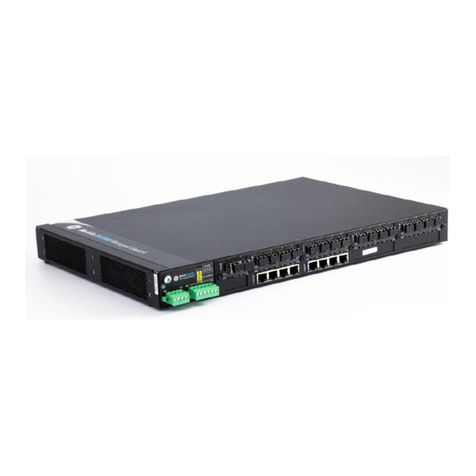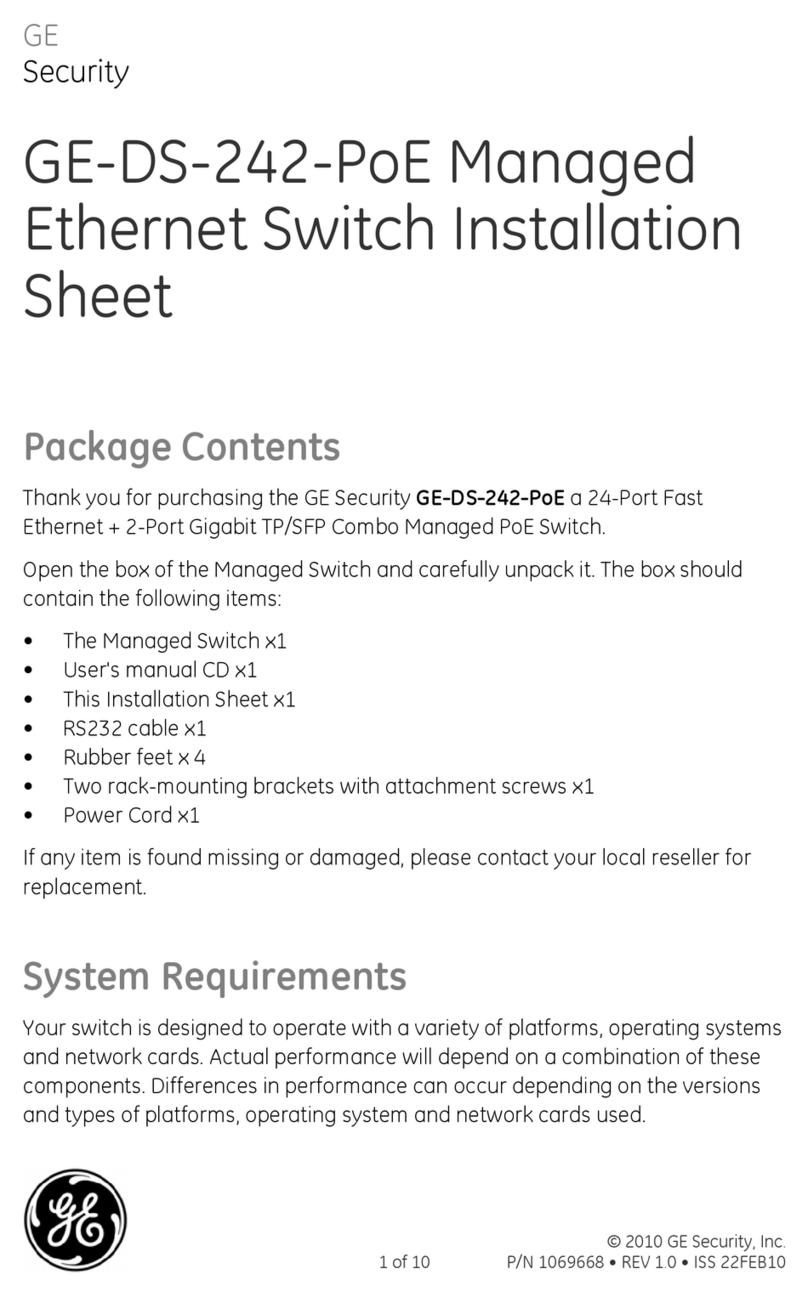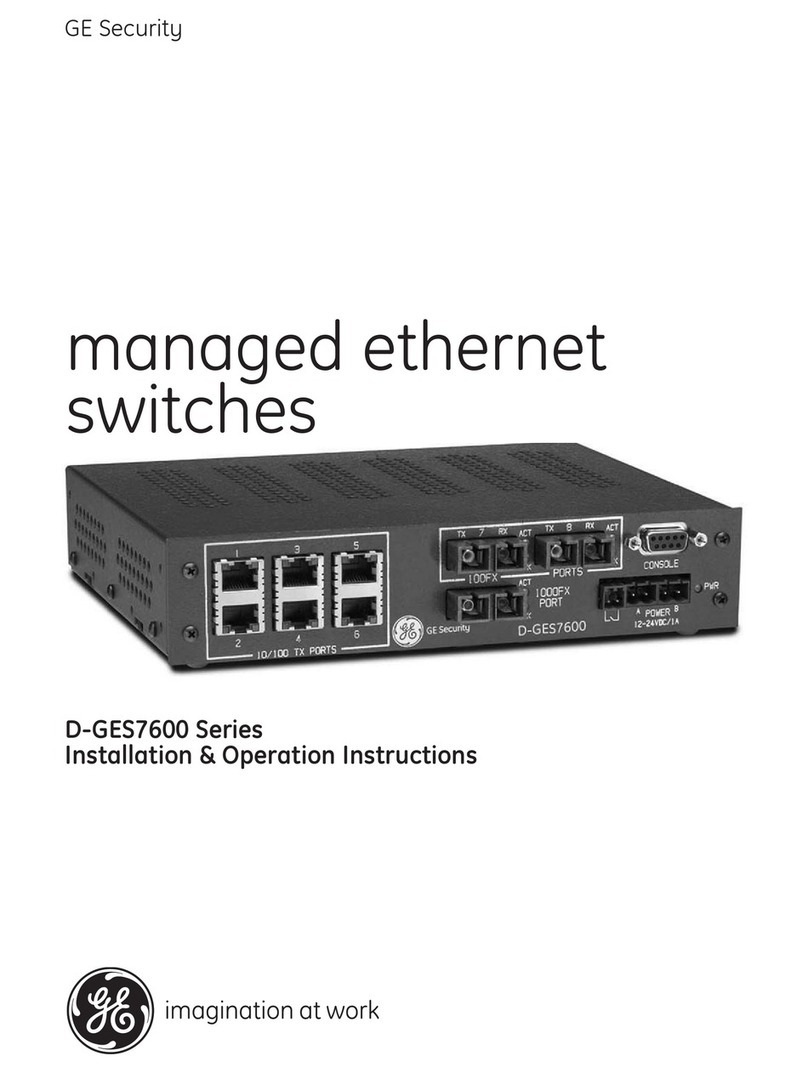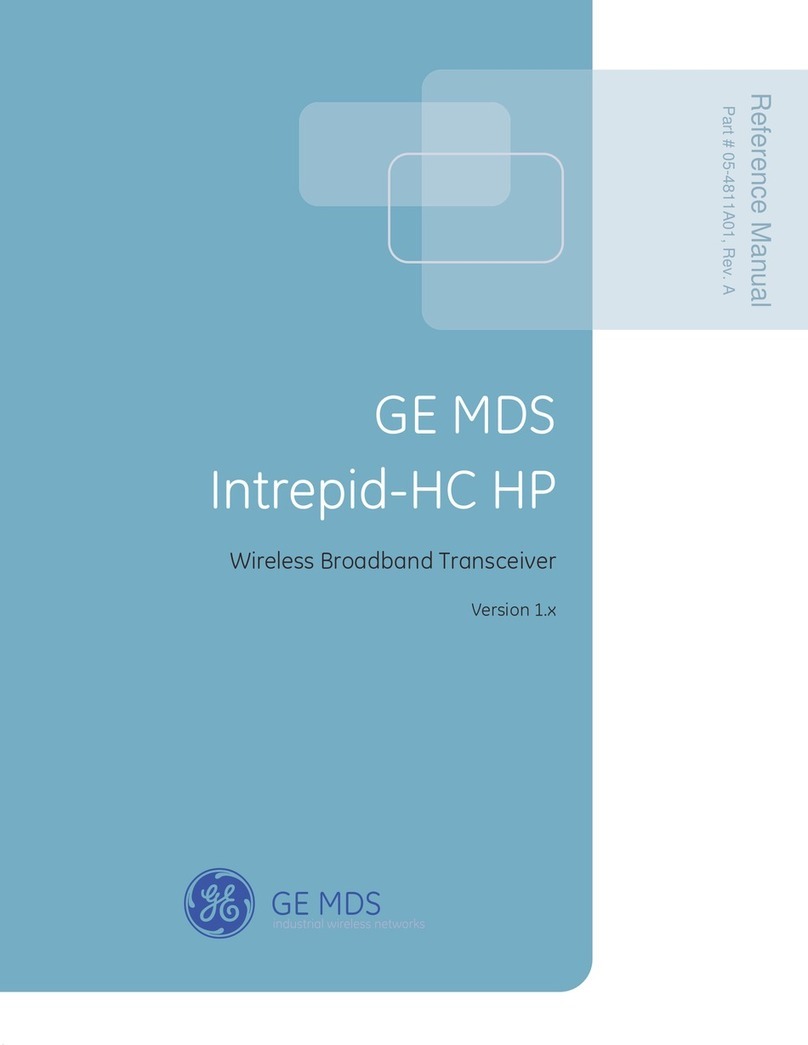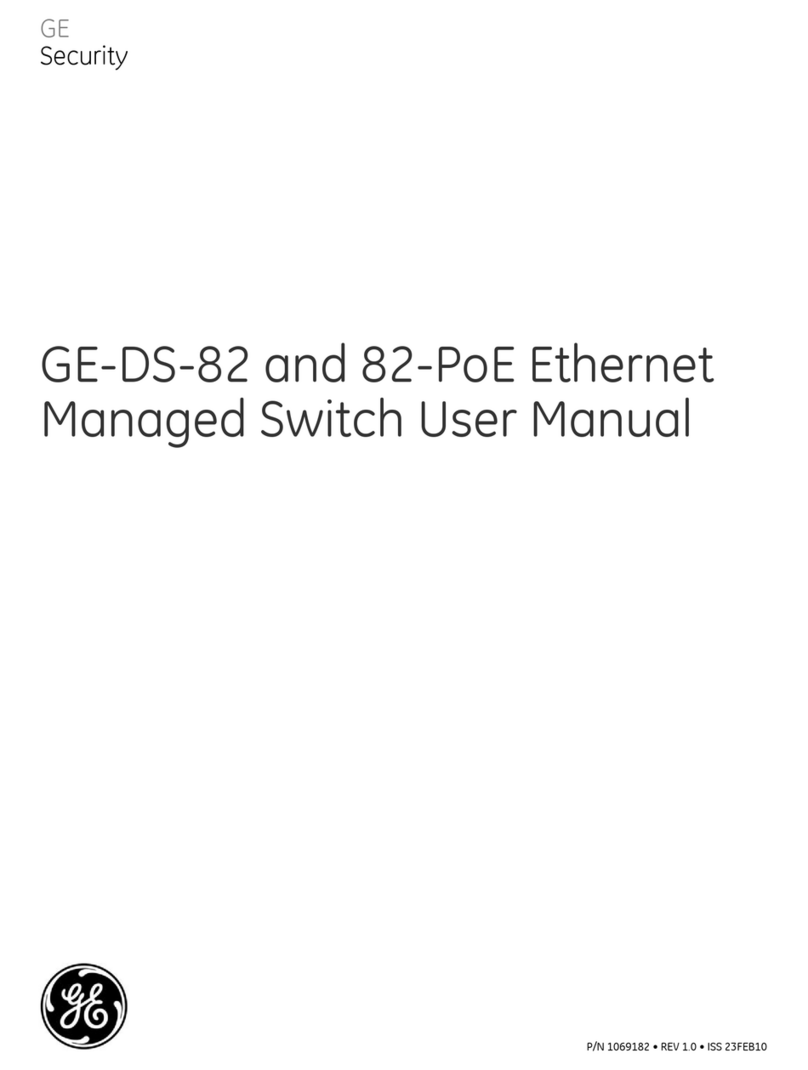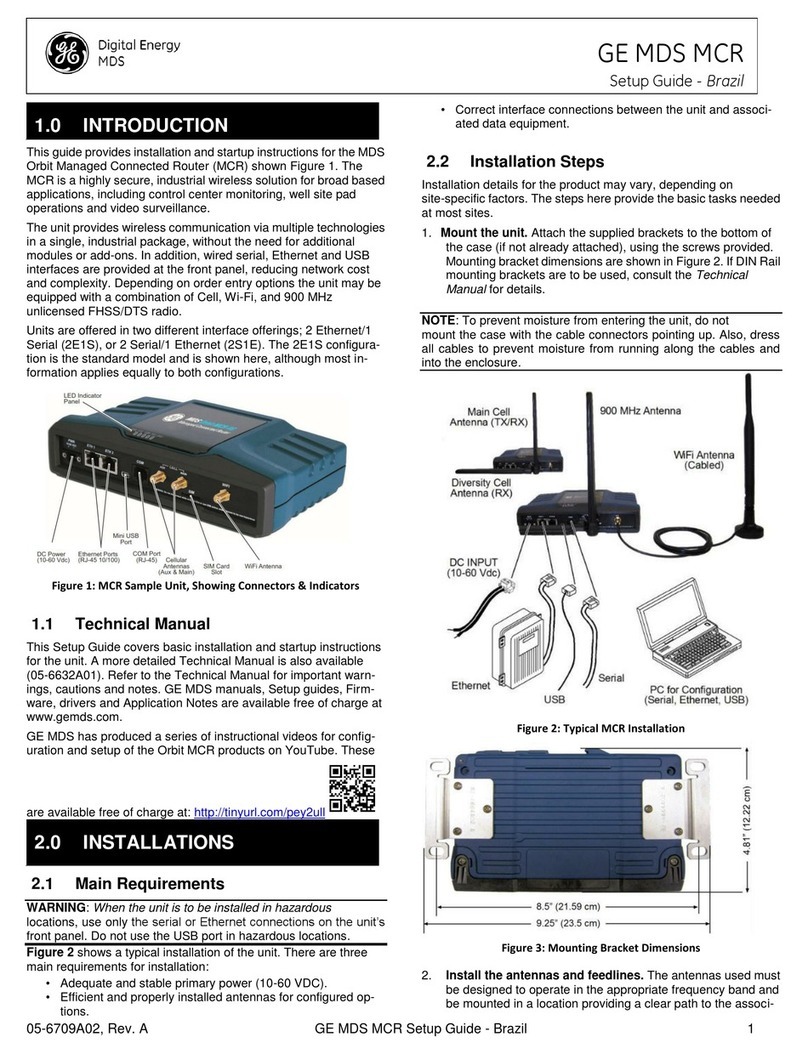
iv MDS Orbit MCR/ECR Technical Manual MDS 05-6632A01, Rev. F
UNLICENSED 900 MHZ ISM (NX915)........................................................................................................933.5.4
LICENSED NARROWBAND (LN) ................................................................................................................1243.5.5
3.6 SYSTEM HEALTH AND STATUS......................................................................................................146
DEVICE OVERVIEW.................................................................................................................................1463.6.1
EVENT LOGGING ....................................................................................................................................1463.6.2
IPERF SERVER SERVICE .........................................................................................................................1533.6.3
SNAPSHOTS AND SYSTEM RECOVERY ......................................................................................................1553.6.4
SUPPORT BUNDLE..................................................................................................................................1603.6.5
3.7 SYSTEM CONFIGURATION AND SETUP...........................................................................................162
DATE,TIME AND NTP.............................................................................................................................1623.7.1
GEOGRAPHICAL-LOCATION......................................................................................................................1653.7.2
USER MANAGEMENT AND ACCESS CONTROLS ..........................................................................................1653.7.3
RADIUS USER MANAGEMENT ................................................................................................................1693.7.4
FIRMWARE MANAGEMENT .......................................................................................................................1713.7.5
TAMPER DETECTION...............................................................................................................................1793.7.6
CONFIGURATION FILES ...........................................................................................................................1823.7.7
DNS.....................................................................................................................................................1863.7.8
3.8 NETWORKING SERVICES AND ROUTING.........................................................................................189
NETWORK .............................................................................................................................................1893.8.1
LAN.....................................................................................................................................................1933.8.2
ETHERNET PORT SECURITY /PORT-BASED AUTHENTICATION......................................................................1993.8.3
VLAN OPERATION.................................................................................................................................2003.8.4
BRIDGING..............................................................................................................................................2033.8.5
ROUTING...............................................................................................................................................2063.8.6
STATIC NEIGHBOR ENTRIES ....................................................................................................................2113.8.7
ACCESS CONTROL LIST (PACKET FILTERING /FIREWALL)...........................................................................2143.8.8
SOURCE NAT (MASQUERADING).............................................................................................................2263.8.9
DESTINATION NAT (PORT FORWARDING).................................................................................................2343.8.10
STATIC NAT..........................................................................................................................................2413.8.11
VPN.....................................................................................................................................................2453.8.12
DHCP SERVICE ....................................................................................................................................2643.8.13
TERMINAL SERVICE ................................................................................................................................2683.8.14
REMOTE MANAGEMENT INTERFACES........................................................................................................2763.8.15
REMOTE MANAGEMENT SERVICE.............................................................................................................2813.8.16
QUALITY OF SERVICE (QOS)...................................................................................................................290
3.8.17
SNMP..................................................................................................................................................3003.8.18
NETWORK MONITOR SERVICE .................................................................................................................3203.8.19
NETWORK LINK FAILOVER/FAILBACK........................................................................................................3223.8.20
DYNAMIC ROUTING.................................................................................................................................3423.8.21
GPS SERVICE .......................................................................................................................................3553.8.22
DYNAMIC DNS ......................................................................................................................................3573.8.23
VRRP –VIRTUAL ROUTER REDUNDANCY PROTOCOL ...............................................................................3603.8.24
IPPASSTHROUGH..................................................................................................................................3623.8.25
3.9 PUBLIC KEY AND CERTIFICATES....................................................................................................364
CERTIFICATE MANAGEMENT AND 802.1XAUTHENTICATION........................................................................3643.9.1






